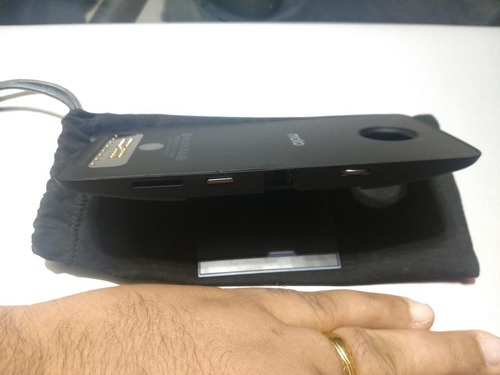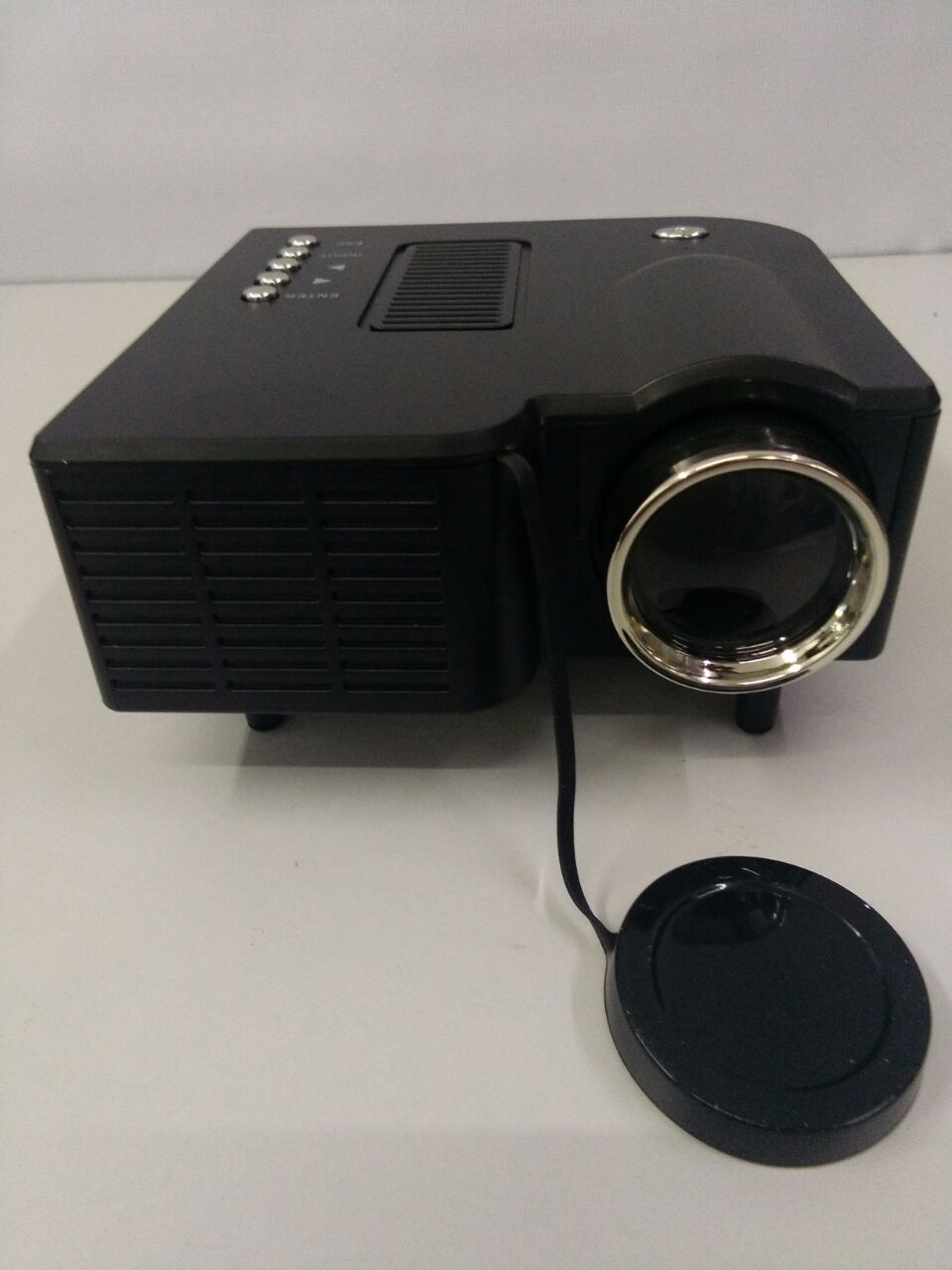

It isn't hugely bright, but its 50 lumens proved enough for my use cases. The projector will cast an image measuring up to 70 inches across the diagonal onto any available surface. Just attach the projector to the Moto Z and switch it on, and it works. This really is a 'plug and play' solution. It can't be seen when handset and projector are joined, but the connectors support passthrough charging, and when this is taking place an on-screen notification reports the charge level. There's a charge light on the flat face of the projector that fits to the back of the phone, which indicates charge level when the projector is being charged away from a handset. This is used before it starts draining the Moto Z handset's battery. The projector incorporates a separate 1,100mAh battery that's rated for an hour of projection time. Insta-Share Projector (left) and Moto Z Play (right), showing the connection contacts. I was loaned all bar the camera to try, along with a Moto Z Play.
#Instashare projector manual mod
Top of the Mod range is the Moto Insta-Share Projector, which will set you back £249.98. The Incipio offGrid Power Pack (£59.99) adds up to 20 hours of battery life, the JBL SoundBoost Speaker (£69.98) improves sound output and has its own 10-hour battery pack, and the Hasselblad True Zoom (£199.99) is a 10x optical zoom camera. When I met with Lenovo recently to talk about the new Moto G5 handset, we also discussed Mods, which the company said it will support on future Z-series handsets. Lenovo, owner of the Motorola/Moto brand, thinks it can make a success of modular, and any phone in its Moto Z line can be expanded with what it calls Moto Mods. So are modular smartphone fans left with just the well-intentioned and long-lived eco-friendly Fairphone 2?

The new LG G6 doesn't support expansion, though, while Google has abandoned its modular Project Ara.

Last year we saw the LG G5 include add-on modules such as a camera grip with and extra battery, an audio booster and a battery expansion module. Usually the clever features they come up with reside on the handset itself, but that's not always the case. Smartphone makers have to work hard to differentiate their handsets these days. If you see inaccuracies in our content, please report the mistake via this form. If we have made an error or published misleading information, we will correct or clarify the article. Our editors thoroughly review and fact-check every article to ensure that our content meets the highest standards. Our goal is to deliver the most accurate information and the most knowledgeable advice possible in order to help you make smarter buying decisions on tech gear and a wide array of products and services. ZDNET's editorial team writes on behalf of you, our reader. Indeed, we follow strict guidelines that ensure our editorial content is never influenced by advertisers.

Neither ZDNET nor the author are compensated for these independent reviews. This helps support our work, but does not affect what we cover or how, and it does not affect the price you pay. When you click through from our site to a retailer and buy a product or service, we may earn affiliate commissions. And we pore over customer reviews to find out what matters to real people who already own and use the products and services we’re assessing. We gather data from the best available sources, including vendor and retailer listings as well as other relevant and independent reviews sites. ZDNET's recommendations are based on many hours of testing, research, and comparison shopping.


 0 kommentar(er)
0 kommentar(er)
